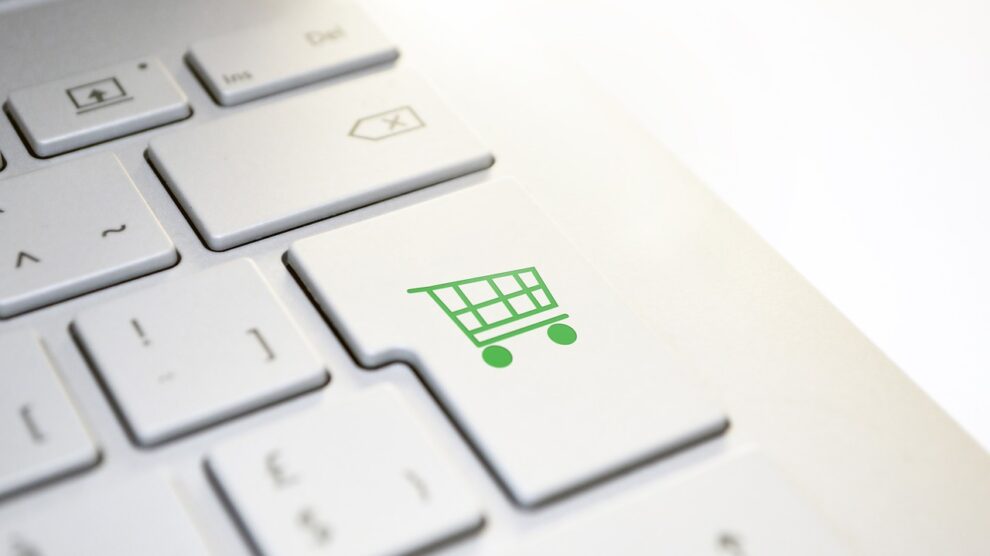The e-commerce market can be scary and exciting, with all the changing landscapes and challenges that must be met in order to grow your business. Every year there are new trends that may help to grow your business or make it more difficult to stay afloat.
But no worries; whatever type of challenges you bump into, the e-commerce market is still growing and there are new market segments popping up everywhere, giving you lots of opportunities to create and establish your brand.
For you to be able to make the most of the tools and platforms that are out there; and to remain competitive, it makes sense to gather every bit of knowledge that you can about the entire e-commerce market.
To give you a head start, we’ve collected some expert insights that you might find useful.
The following are some of the hottest e-commerce trends going into 2020.
1. The global e-commerce sales may hit $5 trillion by 2021
Keep in mind that the whole industry was only worth $1.3 trillion in 2014. This is phenomenal growth by any standard, and the interesting part is that new markets are opening up all over the globe, making it possible for newcomers to jump in on the action.
Much of the current growth is attributed to increasing access to digital products and internet connectivity to millions of people in developing economies.
And of course, there is the whole millennials factor – which based on current numbers, younger people make up the larger demographic of people who rely on e-commerce for their day-to-day purchases.
2. Omni channel shopping will become the norm
The growth of digital marketplaces has made it so that the divide between physical and digital environments has become a bit blurred. At the moment, the vast majority of consumers use multiple channels during their buying process, and this isn’t likely to change soon.
This means that s successful online business must pay attention to the way their customers interact with their platforms, the channels they like to use, and more importantly, their motivation for making purchases.
So basically, what we mean by Omni channel shopping here is for business owners to try and understand what, when, where, why, and how their customers are spending money when buying products or services that you sell through a particular channel.
3. Social media is taking up a big part of e-commerce
If you thought the age of Facebook and Twitter was passing, think again. Social buying is actually a pretty big deal in e-commerce. More people are using social media to buy and sell products and services, and this is partly due to the upgrades made by the top social media platforms to promote e-commerce.
So now social media is much more than an advertising channel; it has evolved into a complex marketplace that caters to practically every industry that you can think of.
It’s also very easy to buy or sell products through social media. Here’s what’s needed:
- A picture of the product
- Brief description of the product
- Price
- Link to where buyers can find the product
4. The U.S. is no longer the center of e-commerce
The U.S. is expected to drop its share of the global e-commerce market by as much as 16 percent in the next few years. This is of course a result of rapid globalization and growth of tech and infrastructure in emerging economies. This is going to be the trend for a while, as people from all over the world get used to the convenience and practicality of buying and selling products through the internet.
But this is great news for the entire industry because it means that businesses will start operating on a global scale, targeting a very diverse range of consumers. As challenging as that might sound, it’s actually pretty basic stuff when it comes to the psychology of buying and selling. Ultimately what customers want are good quality products at reasonable prices – and although consumer habits are getting shiftier by the day, there are some basic principles that anybody can tap into when operating an e-commerce business on a global scale.
5. Domestic shoppers are buying from overseeing companies
This is an interesting trend, and one that needs to be understood when going into business. If more than 50 percent of shoppers have reported buying something from an overseas company, it means that consumers are actively opening up the e-commercemarketto new players, therefore making it possible foranybody to grab a piece of the pie.





